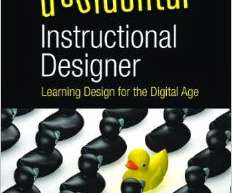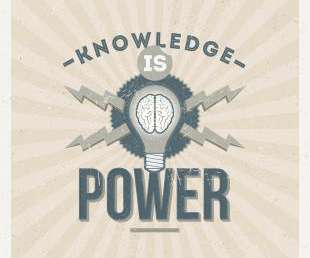How to use Bloom's Taxonomy in Custom eLearning Content Development?
Thinkdom
APRIL 7, 2024
For years, Bloom's taxonomy has helped to transform traditional learning by providing a framework for educators. There is a reason why, since its creation in 1956, it is still widely regarded in the education and training sector. Bloom's Taxonomy is a valuable tool for creating impactful learning experiences in L&D.















































Let's personalize your content